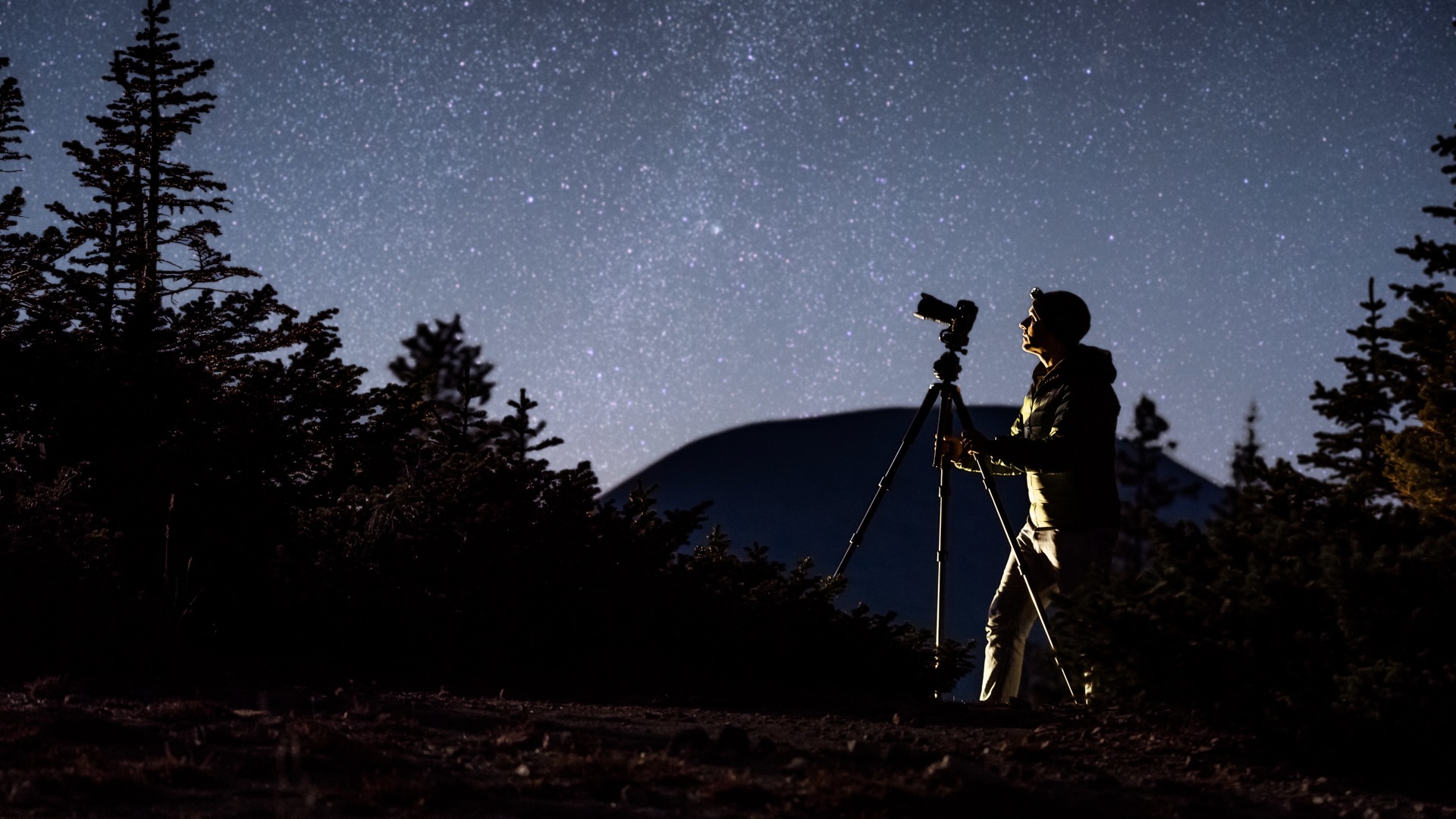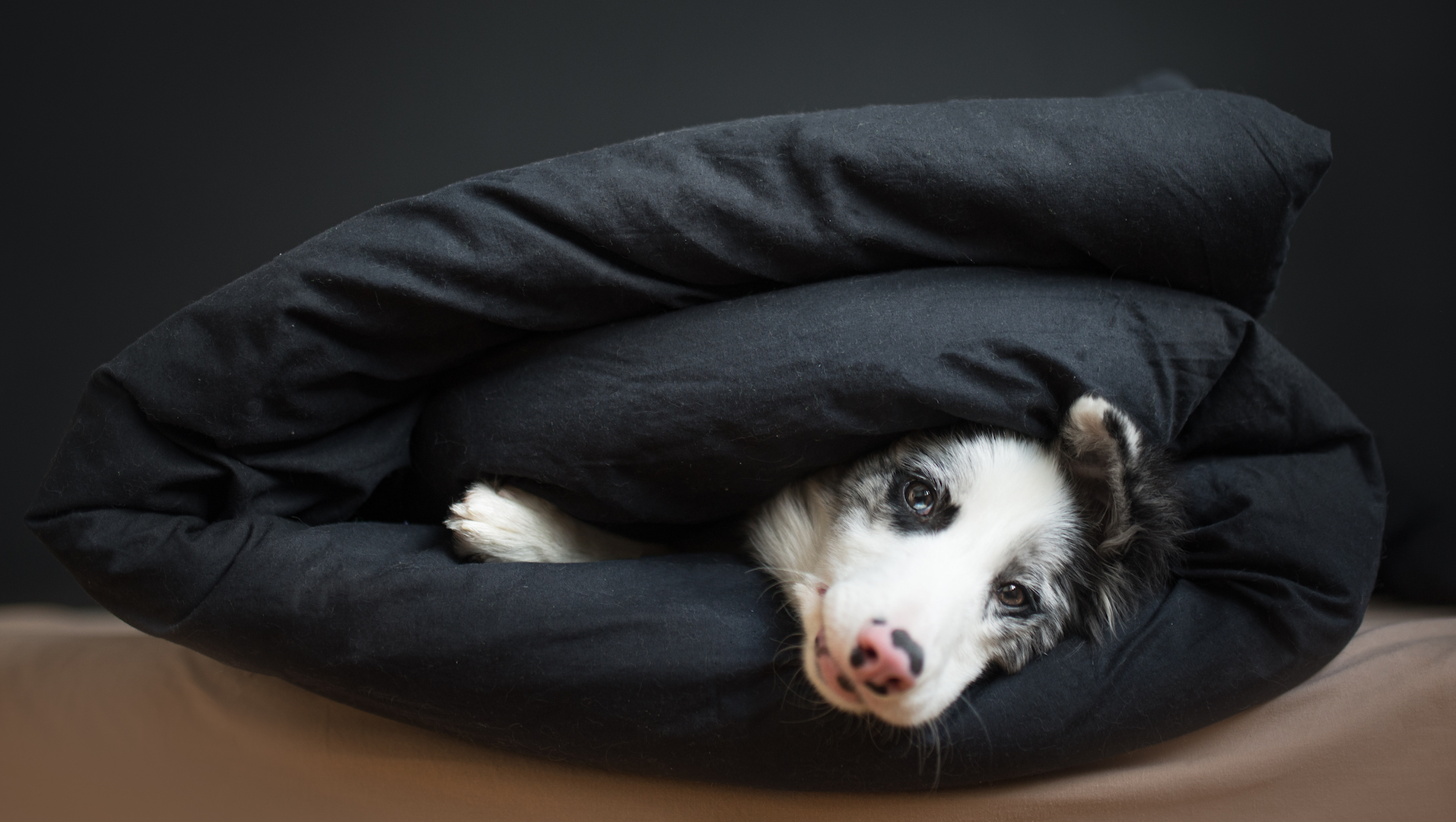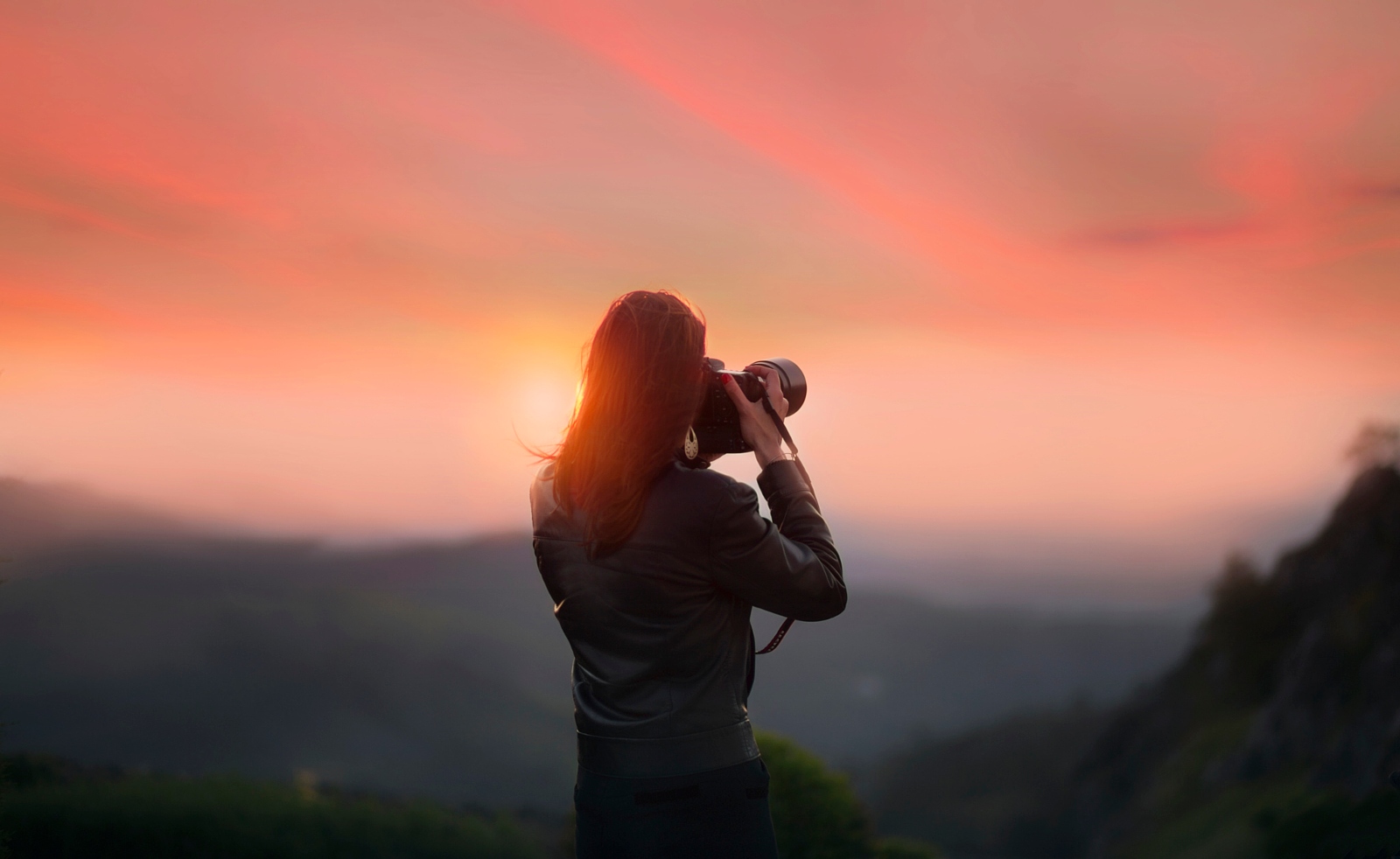
It’s often said that photography is a different art in today's world of high-megapixel cameras, data-heavy RAW files and crystal clear large aperture lenses compared to the days of film. However, cut through the rose-tinted nostalgia and there may be some lessons that can still be learnt from the photography workflow of yesteryear.
Modern photography can be fast and furious, but we’ve put together seven analogue-era tips that may help your current photography…
1 - Use a small memory card:
This sounds like a counterproductive tip, but let’s explore the theory. Lexar just announced a 1TB SD card, which will hold thousands and thousands of images, and we've all seen shooters who literally hold the shutter button down in the hope that at least one frame should hit the mark. But this 'spray and pray' approach is sure to make photographers lazy! In the days of film, having to change rolls after 36 exposures forced photographers to make every frame count. Using a smaller memory card (while not restricting you to 36 shots) will help recreate these conditions, slow your picture-taking down and allow you to focus more on composition.
A smaller memory card could help you slow down your picture-taking.
2 - Stick to primes:
Rewind 50 years and decent zoom lenses were very much still in their infancy, whereas today, zoom lenses offer insane image quality and large maximum apertures. But being able to zoom in and out at the twist of the wrist may not make for the best compositions. Switching to a prime lens slows down your photography, meaning you have to move your feet (not just your wrist) and this will give you the time to reassess both composition and exposure. Adding a prime lens to your kit bag doesn’t mean breaking the bank and there’s a big choice of affordable, fast-aperture optics on the market.
Lenses like Canon's 50mm f/1. 8 are fast and affordable.
3 - Join a camera club:
Camera clubs have been around a long time but today they are unfairly seen by some as. . . well, boring. The preconception is village halls filled with older chaps hosting sedate slide shows, but the truth is that, like in the days of film photography, most clubs are actually thriving hubs of creativity that could play a huge part in advancing your photography. From inspirational speakers and workshops to themed competitions that will help focus your creative eye. What’s more, club members often lend each other kit, giving you the opportunity to try before you buy!
4 - Shoot in a different ratio
The current 3:2 ratio wasn’t always so common in photography and experimenting with different ratios may help you see scenes in a different way. For example, most of today’s cameras will also allow you to shoot in 1:1 ratio, which will deliver a square frame. This can be useful when shooting street photography as it can help increase the look and feel of the genre or it can inject a different feel to well-known landscape locations.
Trying out a new ratio can freshen up your compositions.
5 - Get it right in-camera:
Modern cameras shoot huge RAW files with high dynamic range and plenty of image data that enables overexposed skies to be rescued and shadows in dark areas to be enhanced with the simple push of a Lightroom slider. Clearly, this can easily lure photographers into a false sense of security and lead to the mindset of; ‘Ah, I’ll fix that in post-processing’! Back in film days, getting the exposure right was far more important and taking the time to work this way with with your digital camera is a useful approach that'll mean you’ll rely less on post-processing.
6 - Use natural light:
In 2019, we are blessed with the very best lighting kit and usually at a pretty decent price, too. In the days of film photography, lighting kit was available, but it was often expensive and awkward to use so many photographers relied on natural light. Ditching the ultra-lightweight strobes and grabbing a reflector instead will help you learn more about shaping natural light. These are useful skills to have, even if your style of photography relies on artificial light.
Putting down the flashgun in favour of a reflector will help you shape natural light.
7 - Printing your work:
Printing used to be the most common way to display your photography, but today, fewer and fewer people are printing their photos - choosing instead to share them on social media or showcase them on image-sharing sites such as 500px. But missing out on prints is passing up a great opportunity to see your image in a different way. Making a print and leaving it on the wall for a few days will give you time to examine the scene and maybe give you ideas on how you could have improved the composition or afford you the chance to reassess the processing style used so you can take a second pass at the final image. Plus, hanging prints around the house will be a constant source of motivation, reminding you of a great day with camera and acting as the catalyst for more adventures.
Make a print and it will transform your image into something special that you can see every day.
. digitalrev.com2019-1-21 03:00







